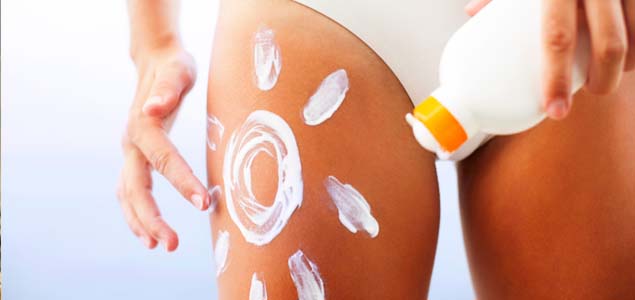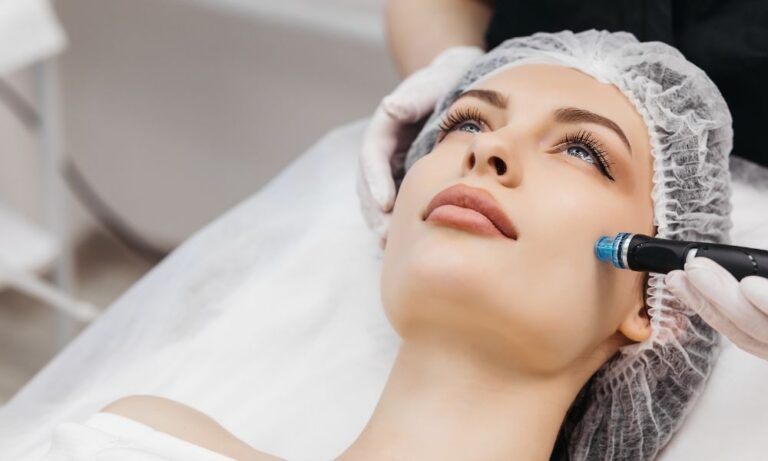The first addiction?
“Cells respond to UV damage by apoptosis [cell death], cleaning up damage by increased blood flow (sunburn), and creating pigment. There’s a bi-product synthesised at the same time called beta-endorphin. [This is] now a major area of research focus because of the link between brain function and the desire to be in the sun and exposure to damage,” explains Dr Fisher, who says that it’s believed during human evolution, sun exposure was necessary to health as it was the only way for the body to get vitamin D, a lack of which leads to death in childhood. Hence the feel-good link with beta-endorphins, motivating us to expose ourselves to the sun’s rays. Now however, we obtain vitamin D through alternative sources such as diet and supplements. Scientists believe this was possibly the first example of addictive behaviour in humans, an addiction to the feel-good buzz of sun exposure.
Purpose of SPF’s
Dr Fisher points out that we need to be more mindful of the way we use our sunscreens. “Within the UV spectrum you’re exposed to when you go outside, it is the UVB that’s specifically responsible for the burning and redness of the skin. The SPF that’s often used as a number – 15, 20, 50, whatever – as a measure of burning, not a measure of cancer protection. One issue is just to recognise that the number attached [to your sunscreen] is a number that represents the protection from burning. It is literally a measure of MED – Minimal Erythematous Dose – the dose that at a minimum causes redness and how many times the dose you need before you get that redness. So if it’s SPF20 you can have 20 times the exposure before you start to burn and get redness.”
Don’t forget UVA
“The SPF number in your sunscreen says nothing about UVA wavelengths because they don’t cause burning but they do cause a reactive oxygen type of damage. So the concept of a broad wavelength protection including UVA and UVB protection is very important.”
Can sunburn be good?
If you go to the beach and sit in the sun and put on a nice and thick cover of UVB protection, and reapply it every time you go in the water, you won’t burn. But some people believe that this is a particularly dangerous situation because the burning response in evolutionary terms was a signal to get out of the sun. Now if you don’t get that [burning] signal and you stay in the sun, the UVA is going to be radiating into your skin, and the reactive oxygen damage can be very severe but it doesn’t produce redness or pain and so this may be a form of photo ageing, a form of carcinogenesis that is conceivably increased if you use a pure UVB protection. This concept of UVA wavelengths and different mechanism damage without the red flag of “watch out, it hurts, it’s burning you,” could be one of the most dangerous ways that damage could be inflicted in the skin, and then it manifests decades later with anything from wrinkles, thick skin all the way to different types of cancer.”







